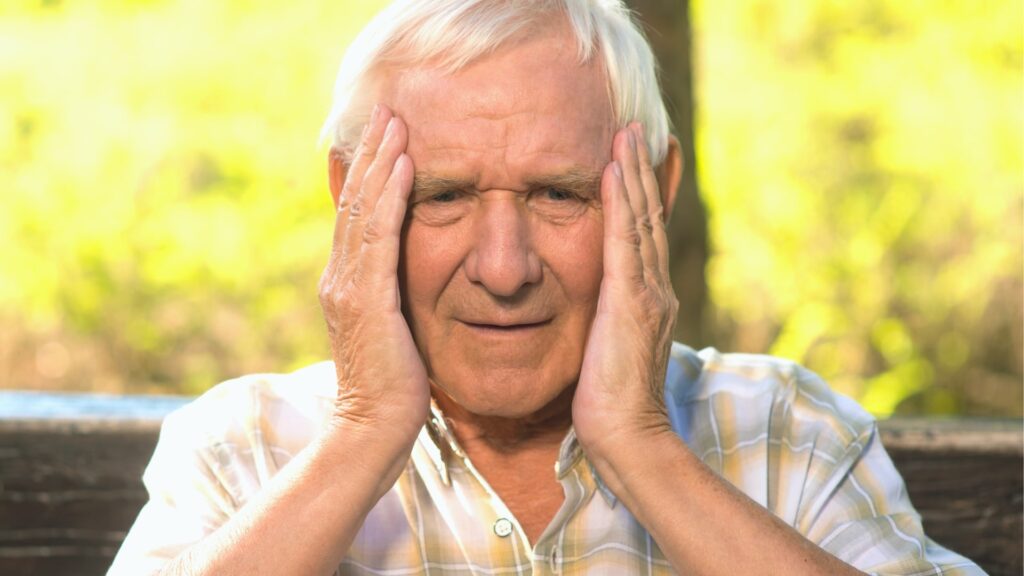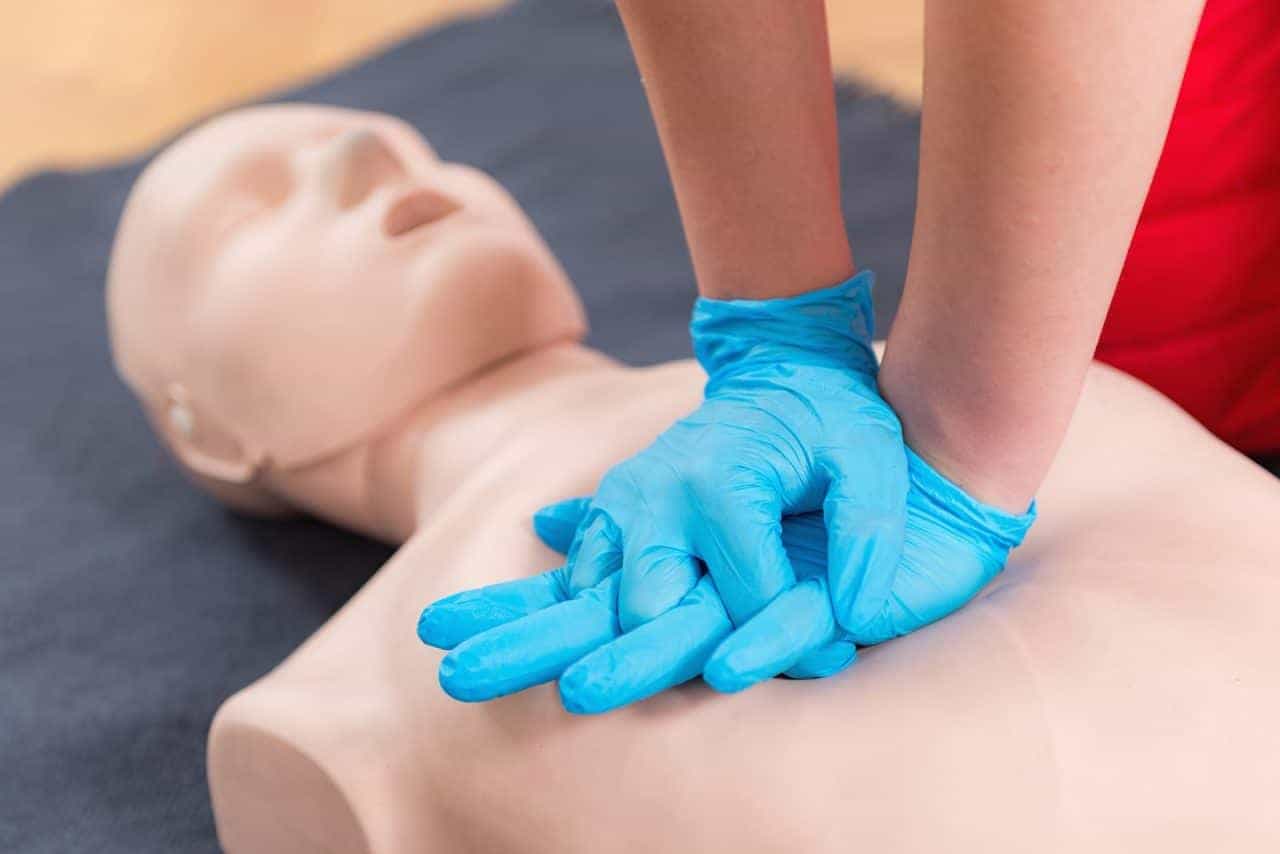When it comes to a stroke, time is of the essence. The longer a stroke is left untreated, the more brain damage it does, which can have fatal long-term effects. To increase the likelihood of survival and decrease potential complications, it is crucial to seek immediate medical attention. Let’s explore the causes, symptoms and necessary first aid steps required to prevent the fatalities.
Causes of Stroke
Strokes occur when a blood clot causes a blockage in a narrowed artery in the brain. When this happens, the area of the brain that lies beyond the clot doesn’t get the required oxygen supply, causing those brain tissues to die. Another name for a stroke is a cerebrovascular accident (CVA); medically, it’s known as ischemia.
In a hemorrhagic stroke, a burst brain vessel leads to bleeds within the brain. A stroke usually causes impairment of brain functions due to brain damage, often affecting the muscles, reflexes, and senses. The damage will depend on the area affected. Unfortunately, a severe stroke can cause death.
The main cause of strokes, like heart attacks, is the hardening of the arteries caused over time, leading to their narrowing that finally gets blocked by a clot. Therefore, the difference between a heart attack and a stroke is the area where the clot causes the blockage.
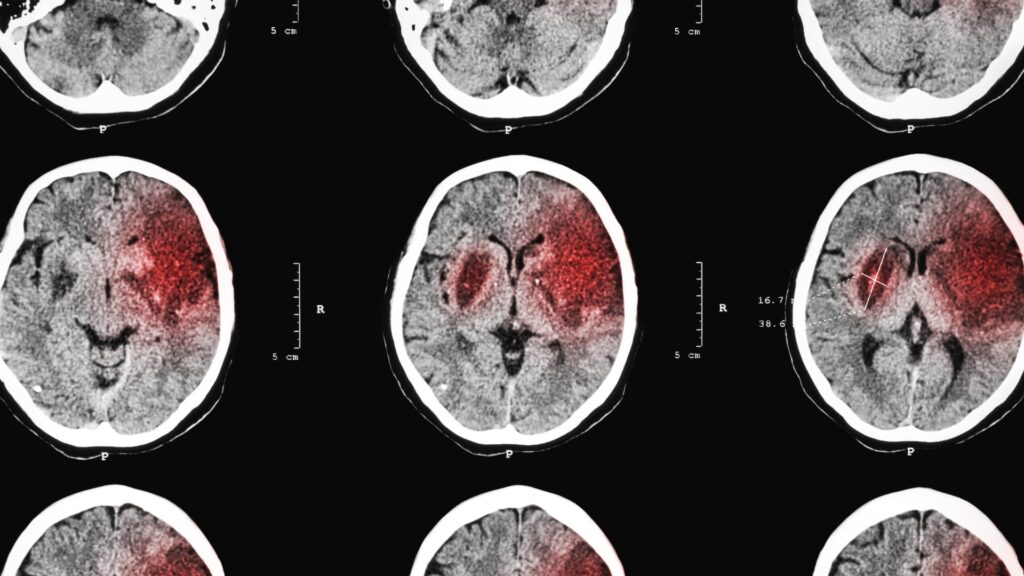
Finally, the third type of stroke is a transient ischemic attack (TIA). A lack of oxygen to part of the brain causes a TIA, the signs and symptoms are similar to an ischemic stroke, but because it’s a quick event, they may be difficult to identify.
Also known as a ministroke, a TIA causes a temporary blockage lasting from a few minutes to several hours. The symptoms vanish within 24 hours, and this type of stroke leaves no permanent brain damage. A TIA may not be life-threatening, but it’s a warning sign that the person may be about to suffer a bigger stroke. Therefore, a person who has suffered a ministroke should seek immediate medical attention.
Inquire about First Aid & CPR Training
Do you have questions regarding First Aid & CPR training? Contact us today! Our customer service representatives are ready to assist you.
Stroke Signs and Symptoms
The symptoms of a stroke depend on its severity; therefore, they may be subtle or severe. If you know what to watch for, it is easier to help someone suffering a stroke. The acronym F.A.S.T. helps you to know what symptoms to look for:- Face: You will notice a facial droop on one side, and that side of the face won’t move as well as the other.
- Arms: One arm will be numb or weaker than the other when you ask the victim to hold both arms out. Also known as arm drift, they may not be able to move one arm at all, or they may not be able to hold it up as well as the other arm, letting it drift downward.
- Speech: They may not be able to speak at all. They may also slur their words or use the incorrect ones.
- Time: If you notice any of the above, call for medical help immediately.
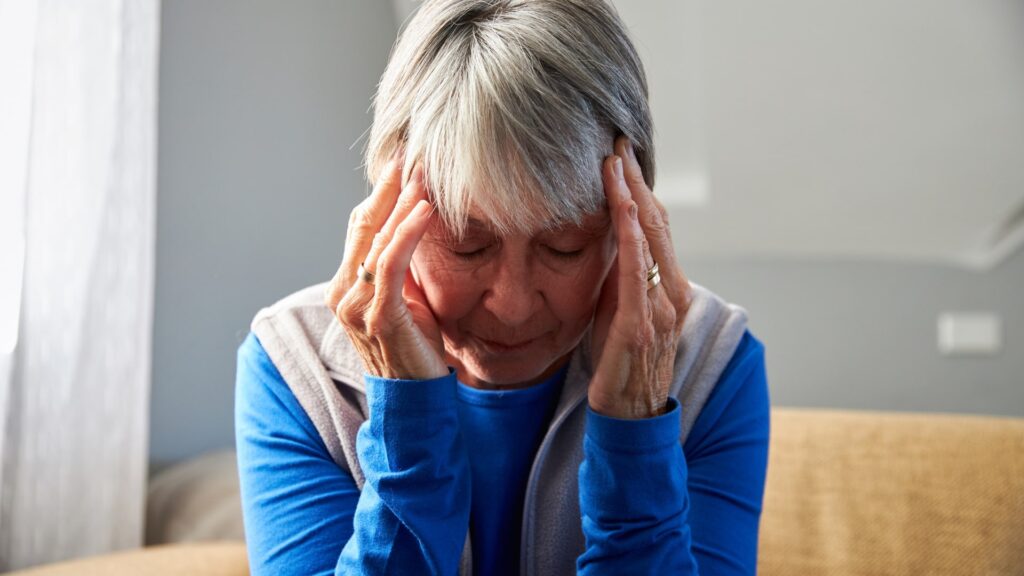 Other stroke symptoms to watch for:
Other stroke symptoms to watch for:
- Problems with blurred, dim, or loss of vision, especially in one eye.
- Any tingling, weakness, or numbness on one side of the body
- Nausea
- Loss of bladder or bowel control
- Headache
- Dizziness or lightheadedness
- Loss of balance
- Loss of consciousness
First Aid for Stroke
When faced with stroke symptoms, you should never take a wait-and-see approach, even if they are mild or disappear. Because it only takes a few minutes for the brain cells to start dying, you must take the symptoms seriously by offering first aid and calling for medical help. The sooner the stroke victim gets to a hospital to receive clot-busting drugs, the faster their risk for disability decreases. Therefore, don’t let them convince you that they need to rest or don’t want to go to a hospital. When assisting a stroke victim, you cannot know the type of stroke suffered. Therefore you must use the same type of first aid for both. The symptoms are likely to disappear in a TIA. However, as a first aider, you should still advise the person to seek immediate medical help because they could suffer a more significant stroke later. As a First Aider, these are the steps to follow when you suspect someone is having a stroke:- Call for medical assistance immediately and get an AED
- Allow the person to rest in a position that is comfortable for them. If they prefer to lie down (or are unresponsive, drooling or having difficulty swallowing), place the person in the recovery position
- Take note of the time the symptoms started. If you do not know, write down the last time the person was well
- Monitor their condition until EMS arrives (strokes can be terrifying, so it’s ideal to provide reassurance)
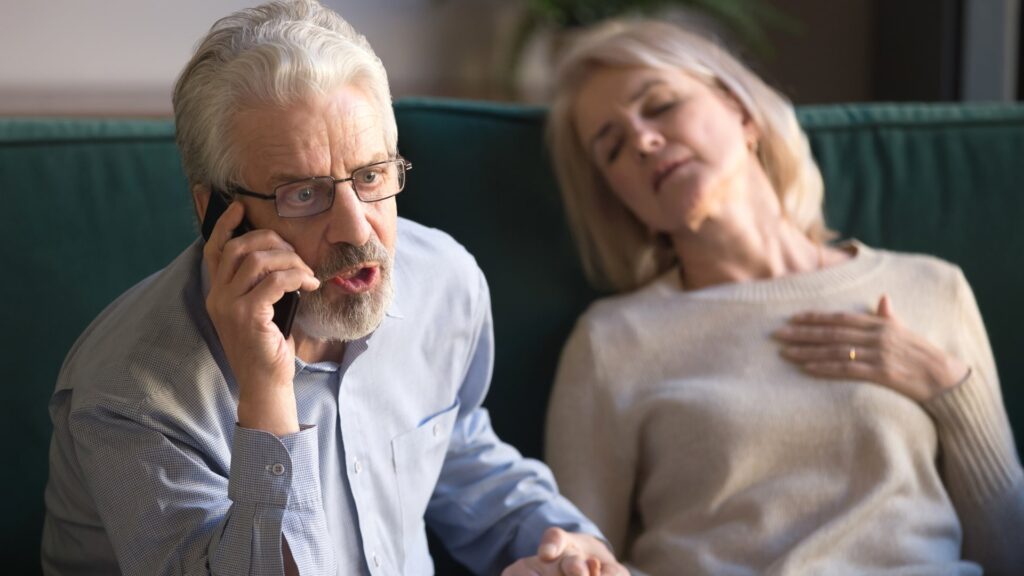 Rehabilitation of stroke victims with complications can take time because they often need to strengthen their motor skills and improve their mobility. Furthermore, some victims are confined to their beds and require help to eat, personal hygiene, and communication. In addition, caregivers of stroke victims have many responsibilities and need the skills to help them in case they suffer another stroke.
Rehabilitation of stroke victims with complications can take time because they often need to strengthen their motor skills and improve their mobility. Furthermore, some victims are confined to their beds and require help to eat, personal hygiene, and communication. In addition, caregivers of stroke victims have many responsibilities and need the skills to help them in case they suffer another stroke. Take a First Aid & CPR Class
Witnessing a stroke can prove frightening, but a few quick steps can help you save the victim’s life. First Aid & CPR training prepares you by providing you with the knowledge and confidence to help victims of accidents and medical emergencies like strokes.
Coast2Coast provides WSIB-approved Canadian Red Cross First Aid certificates in Western and Eastern Ontario and the Greater Toronto Area. Get registered today!




